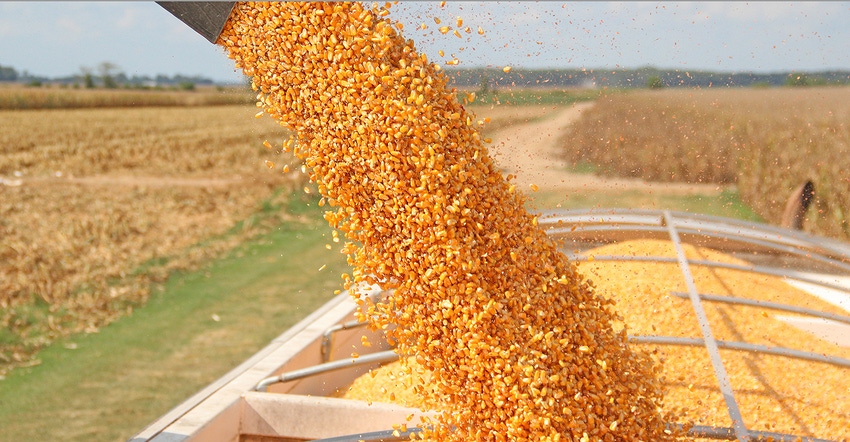
Sen. Charles Grassley says his top priority when Congress begins writing a new farm bill will be to preserve the crop insurance program because “there is no safety net more valuable to farmers and taxpayers.”
So once again the Iowa Republican and farmers, many from the South, could be on opposite sides of the fence when it comes to drafting legislation that will set the course of farm programs for the next five years.
Grassley has been the leading proponent of stricter limits on farm program payment through the years. Last April, he introduced the Farm Payment Loophole Elimination Act to try to limit the number of “non-farming managers” USDA allowed in the new payment rules it released under the 2014 farm bill.
(The legislation, which would have limited the number to one, has led to comments such as that by one farm bill expert who said he is convinced Sen. Grassley “is determined to destroy commercial agriculture in the United States.” Full disclosure: Grassley was my senator when I lived in Iowa and is a nice man. But for someone who claims to be the only true farmer in the Senate he seems to have little understanding of the realities of farming today.)
Grassley’s latest comments were contained in a press release distributed by National Crop Insurance Services, an organization that promotes crop insurance, but he has repeated those sentiments in several interviews.
“It not only saves the taxpayers money, because obviously if we didn't have crop insurance and you had disasters in agriculture, the taxpayers would be 100 percent of it,” the senator said in a press conference. “In addition to saving the taxpayers money, we also are encouraging farmers to plan ahead and to manage risk.”
Few would disagree crop insurance is a valuable risk management tool. Where many farmers in the South disagree is with the claim that crop insurance can replace the traditional safety net programs in the farm bill.
“Crop insurance is a poor substitute for farm program payments,” says Bill Bridgforth, an Arkansas attorney who has spent the last four decades advising farmers on how to deal with the payment limit rules that congressmen like Grassley have passed.
The Midwest-dominated Senate Agriculture Committee was headed toward a crop-insurance-centered farm bill built around an enhanced crop insurance program when the 2014 farm bill was being written. That’s when some other members added the Price Loss Coverage option to the Agricultural Risk Coverage or ARC program.
PLC operates more like the old target price program that created a reference price for covered commodities and requires USDA to issue payments when the national average market prices drops below the reference price.
Grassley and other advocates claim the crop insurance-oriented program saves money but recent figures show USDA has been paying about $6 billion a year for indemnity payments compared to about $5 billion for the direct payments under the 2008 farm bill.
About the Author(s)
You May Also Like






